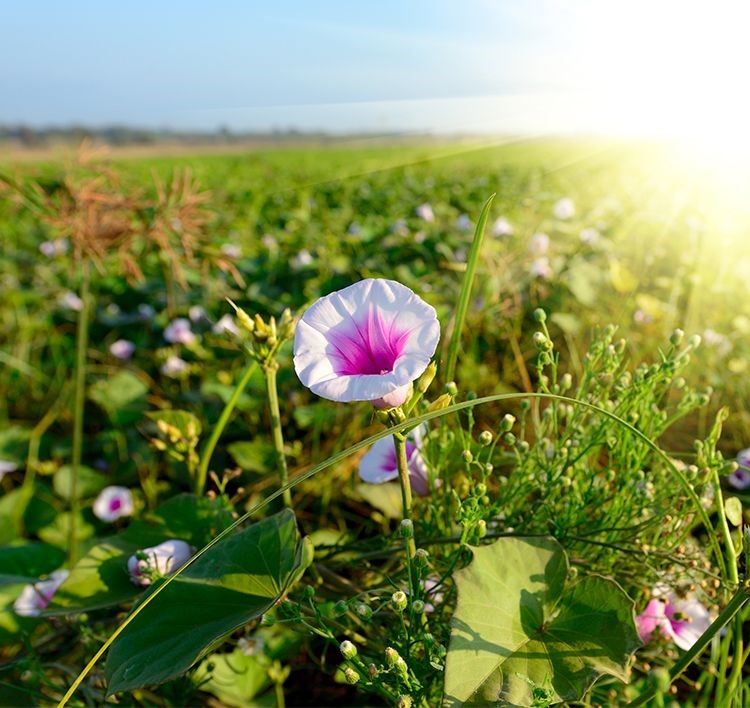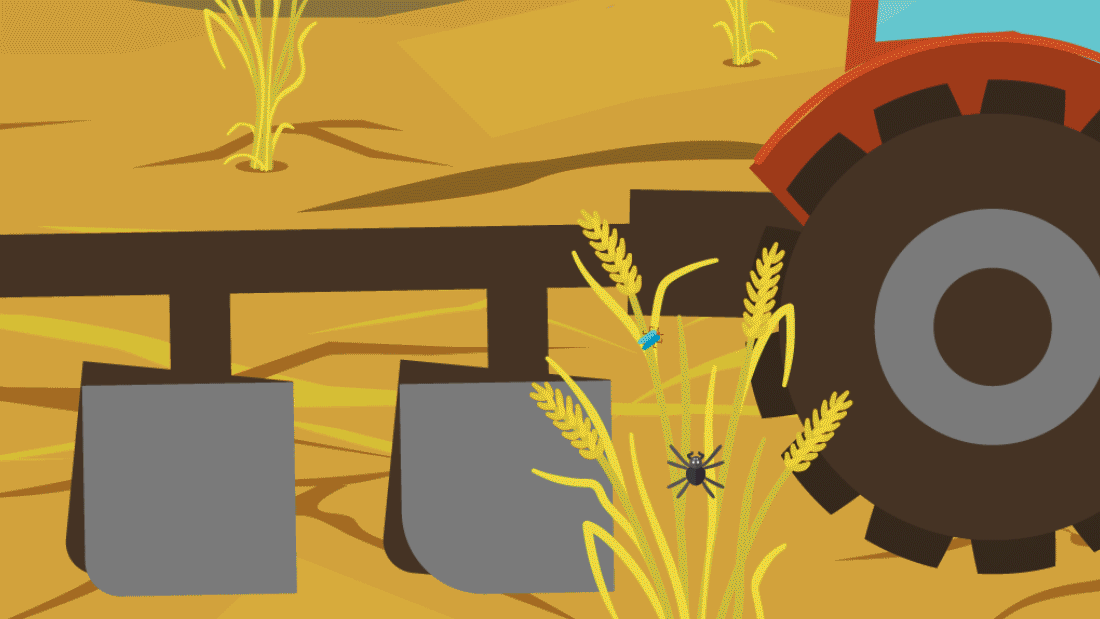
Addressing the many threats to food security was a key priority at the United Nations Food Systems Pre-Summit earlier this year. West Asia regional director for Youth4Nature Rayan Kassem offered closing remarks sharing his vision on how food systems could be meaningfully transformed. In celebration of International Youth Day and as part of our responsibility to include and uplift youth perspectives, we reached out to Kassem to learn more about his perspective on how key stakeholders can collaborate to help deliver more sustainable food systems for the world.
Kassem outlined 11 key action points that he believes will be vital for creating equitable and sustainable food systems.
- We must consider the indirect causes of food system challenges, not just direct impacts like hunger, poverty and climate change. Looking at factors like war, smuggling, food prices, violence and food import dependence is key.
- We need to create an accountability scheme for decision-makers. Our generation is making history as the first generation to actively care about the future of the planet. We must continue to call for accountability every time a shock, stress or challenge happens within food systems.
- We should address trade dependencies and politics within food systems. Some countries might have disputes and create artificial trade barriers. We need to protect food systems from such trade disruptions.
- We need to move beyond our unsustainable view that we can produce as much as we want, whenever and wherever we want. We need to create a new system where resources are looked at in a finite way.
- We need to look at subsidies. We should stop subsidizing agricultural products that are harmful for our health and for the health of the climate and biodiversity. Instead, we should shift those subsidies to local farmers and agricultural products that are good for our health and our planet. We should subsidize fruits and vegetables, whole grains, legumes, nuts and seeds, and whole plant-based food products as well animal protein that is produced sustainably be it fish or land-based animals
- We need to take care of farmers’ livelihoods. Farmers are the basis of our society as the producers of our food. Yet, they aren’t often able to have equitable livelihoods.
- We need to switch from monocultural tree planting to nature-positive, sustainable food production so that agriculture doesn’t hurt the health of our environment or impact the climate.
- We need to prioritize food justice and sovereignty, including regional culture and the heritage of food production and consumption. How people eat and how they produce food is very specific to their cultures and hundreds of years of interaction with nature. The development of food production and consumption patterns are often local, so food systems should not be approached from a global perspective with a standard diet and way of producing food.
- We must use resources sustainably. That means growing crops best suited to each region based on their natural resources.
- Developing countries must have access to agricultural technologies. The use of these technologies helps farmers produce food more efficiently. There is still a very large gap between the Northern and Southern Hemisphere in access to technologies.
- Lastly, we need a circular economy. Technology has advanced enough to create products from food waste, and we need to incorporate these products into local, regional and global food production.
Kassem believes that if we address these 11 strategies, we will be able to improve global food systems and end world hunger. He added that we already have the policy systems in place, through both the United Nations and member states, to address these points — we just need action. Youth advocates are key to encouraging decision-makers to create lasting, long-term policies that leads to more equitable, sustainable and accessible food systems.

As the global federation representing the plant science industry, CropLife International is committed to advancing innovation in agriculture for a sustainable future, and to playing a lead role in enabling sustainable food systems. We are proud to feature the voices of stakeholders like Rayan Kassem that are shaping global negotiations at the UN Food Systems Summit.
To hear food systems perspectives directly from youth leaders, check out our most recent map: How Youth Envision Global Food Systems in 50 Years.






























